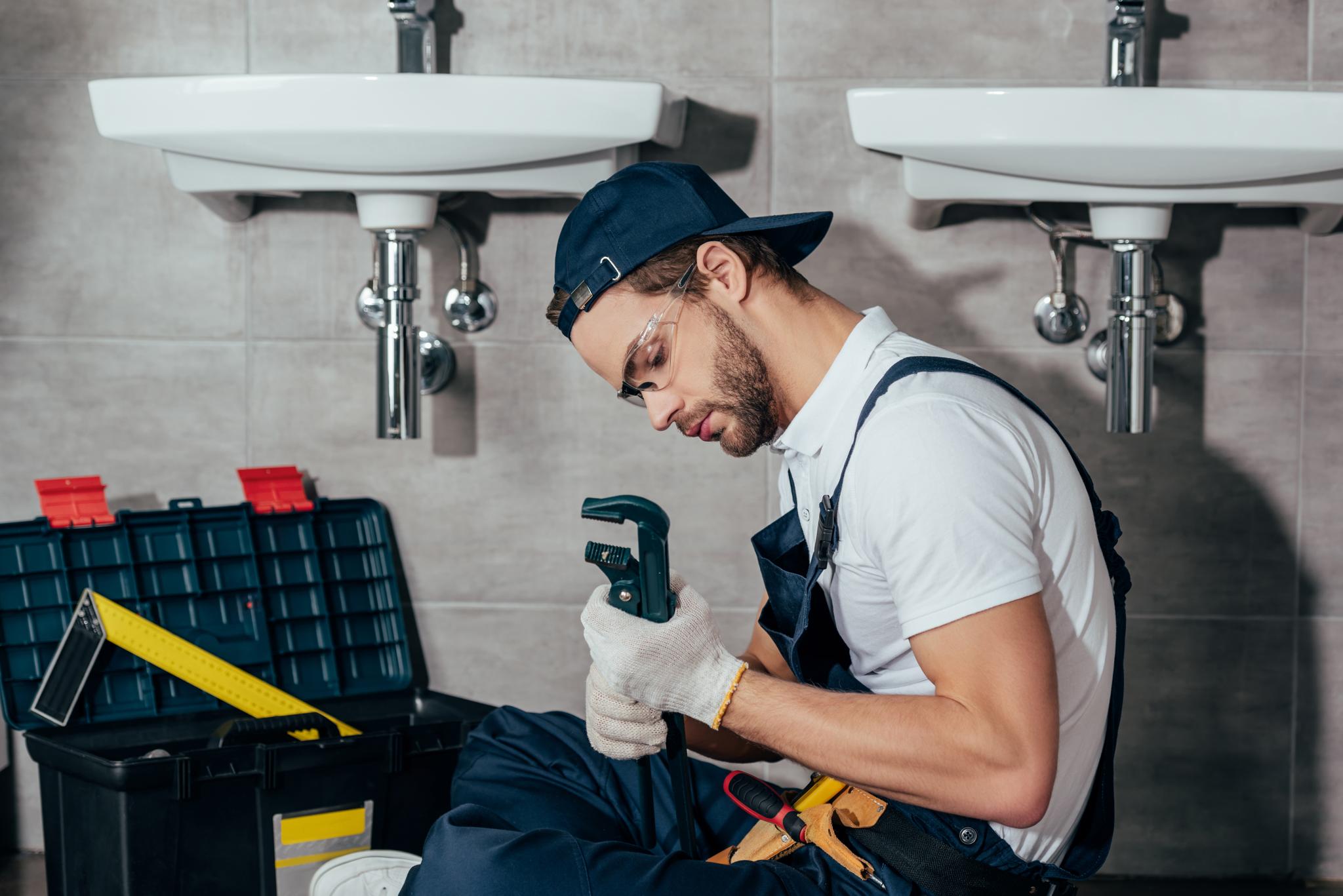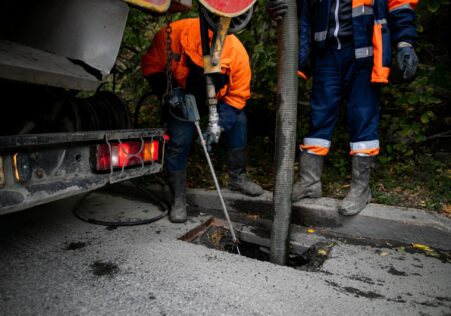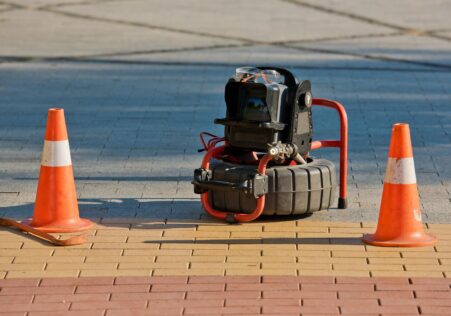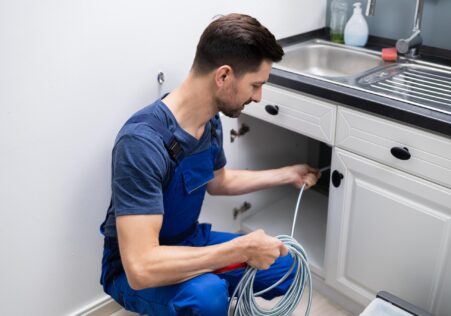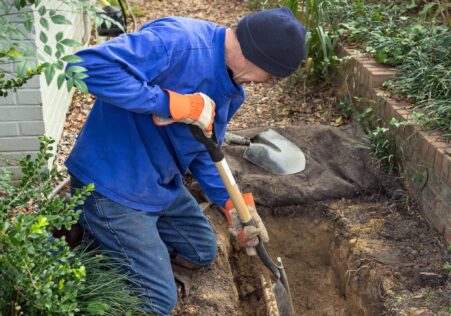The Role of CCTV Drain Inspection in Identifying Drain Corrosion

Blocked drains are a major problem for both business and residential homes. They can cause disruptions, bad odors and may lead to hygienic issues. It is vital to find the root of blocked drains to fix them and prevent future blockages.
Key Takeaways
- Drains that are blocked can lead to issues with the flow, odor, and hygienic problems.
- Drain corrosion is a typical cause of leaks and blockages caused by aging, exposure to chemicals or accidents.
- CCTV Drain Inspection provides an effective, accurate, and cost-effective method of diagnosing problems in pipe systems.
- The procedure involves insertion of the fiber-optic camera, which records images transmitted to a control center team that can identify problems either small or large within the pipeline.
- Benefits include no destructive investigation, savings on materials and resources and preventing future issues fast diagnosis and delivery of reports.
- If you are experiencing blockages or slow drains call Sydney Blocked Drains Plumber for immediate assistance.
What is Drain Corrosion?
It is believed that drain corrosion is a result of the aging of pipes or are exposed to a variety of chemical substances. Sometimes, it is as a result of plumbing incidents, like corrosive drain cleaners destroying PVC pipes. The corrosive process causes many problems like leaks or blockages that could cause long-term damage. However, identifying the exact location and nature of problem may be difficult.
how CCTV Drain Inspection Does It Work
CCTV cameras enable us to carry out an in-depth inspection on the drain system without the necessity of digging which could end up damaging your yard or property.
The process is simple:
- We insert a fiber-optic camera attached to a flexible cable to the drain.
- The camera can capture high-resolution pictures of the insides of your drain pipes which are transmitted back to the team that operates in our Control Center.
- Our highly trained technicians utilize these images to determine and pinpoint any flaws in the pipe, e.g. corrosion.
What is the reason to use CCTV for inspection?
Aerial pollution and seismic activity, as well as shifting soil, patterns of rainfall may all contribute towards blocking of pipes. Therefore, it is vital to identify and resolve these issues before they become worse. Here’s the reason why CCTV inspections are helpful:
- Correct Identification Inspections of CCTVs give accurate information about what is happening in your pipeline, eliminating destructive investigations that could result in the wasting of time and funds.
- Cost-effective: As no excavation or digging is required, it helps save the resources of manpower as well as the expense of material.
- Stop Future Problems: Our technicians identify every issue, big or tiny within the pipework by using high-resolution cameras that allow for early intervention preventing any future issues.
- Effective: Our survey team can identify and provide comprehensive reports right away, allowing prompt decision-making for remedial actions.
Conclusion
In conclusion, CCTV Drain Inspection offers a cost-effective and cost-effective solution to identify blocked drains due to corrosion. The earlier the problem is found, the more quickly the problem can be solved with the least disruption. If you experience problems with slow drains or blocked drains or drains, please give us a call at Sydney Blocked Drains Plumber for immediate assistance.
Additional Information
- Ways to Confirm & Detect a Obstructed Pipeline
- Simple Solutions for Clearing Out Clogged Drains at Home
- Why Trenchless Pipe Relining is the Future of Condominium Plumbing
- Preventing Leaks and Blockages: Understanding Pipe Relining Services
- Common Drain Cleaning Mistakes You Need to Avoid
- Save Future Expenses with CCTV Drain Inspection for Home Buyers
- Becoming Proficient in Plumbing Remedies for Stubborn Clogged Drains
- Uncovering the Main Causes of Blocked Drains
- Expert Best Picks for Clearing Pipes: A Comprehensive Manual
- Speed Up Drain Cleaning with High Pressure Processes


